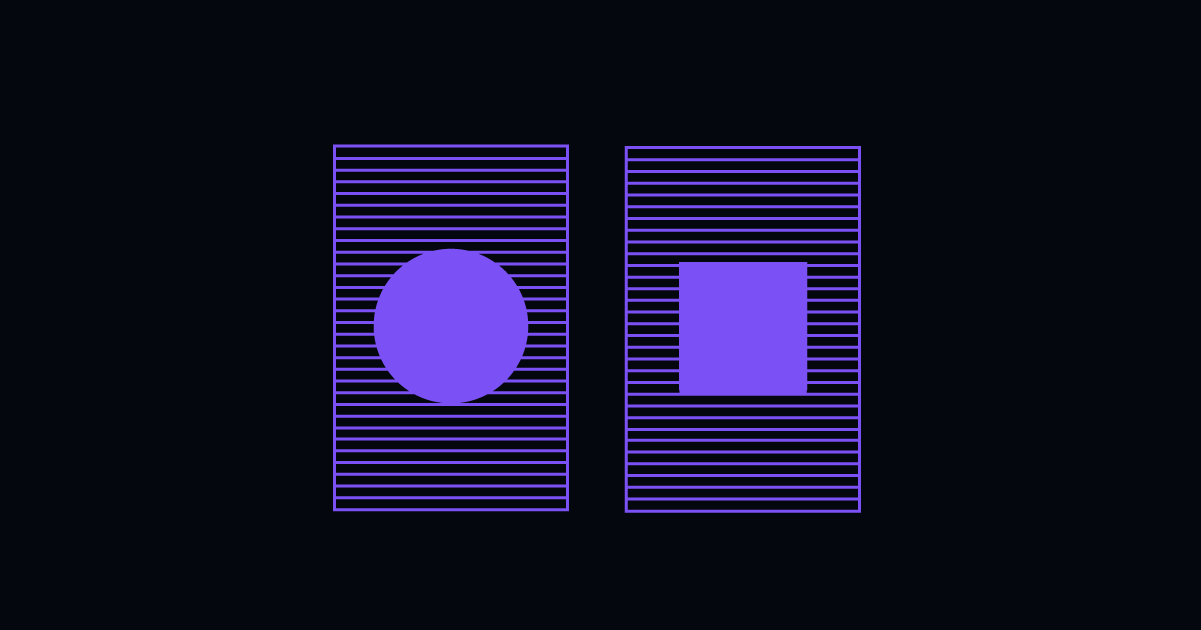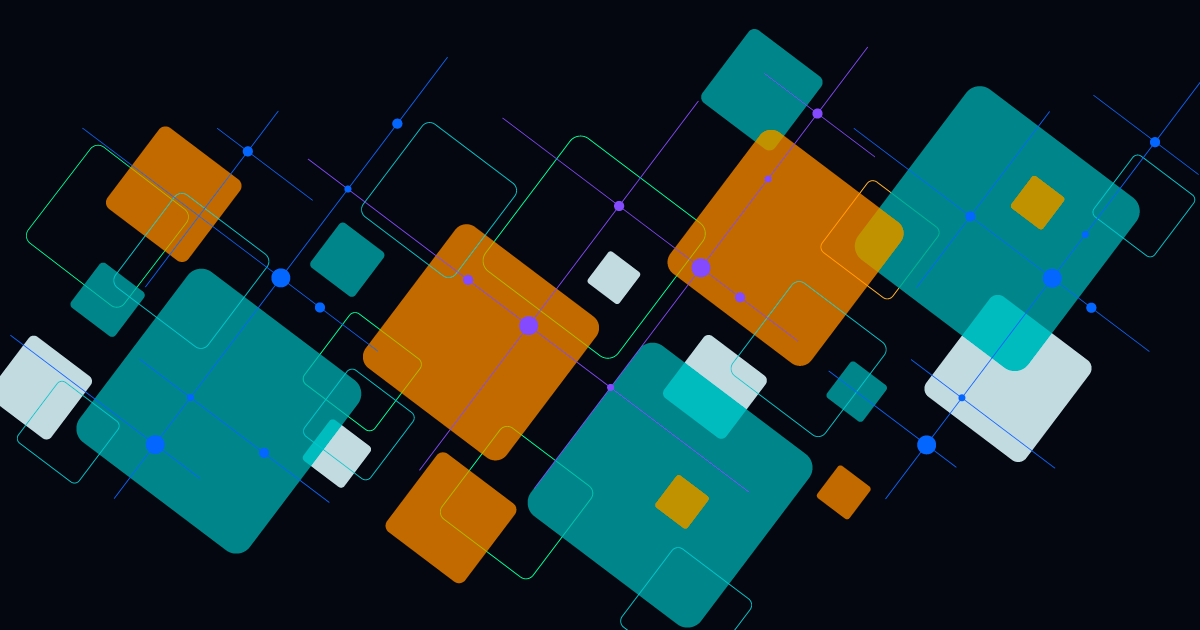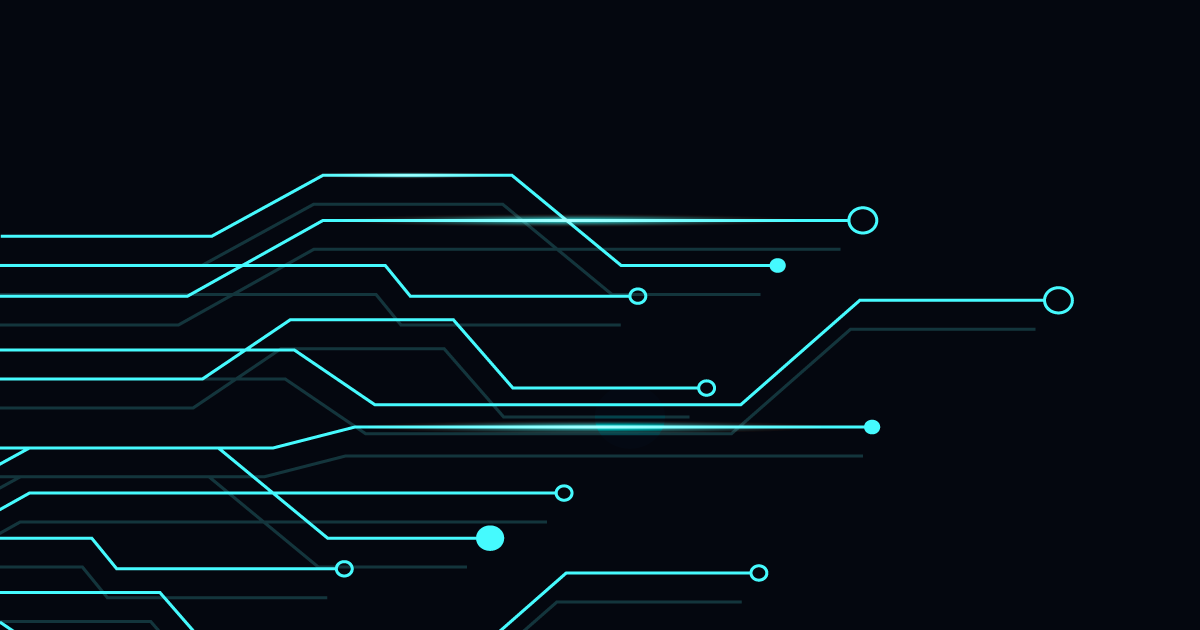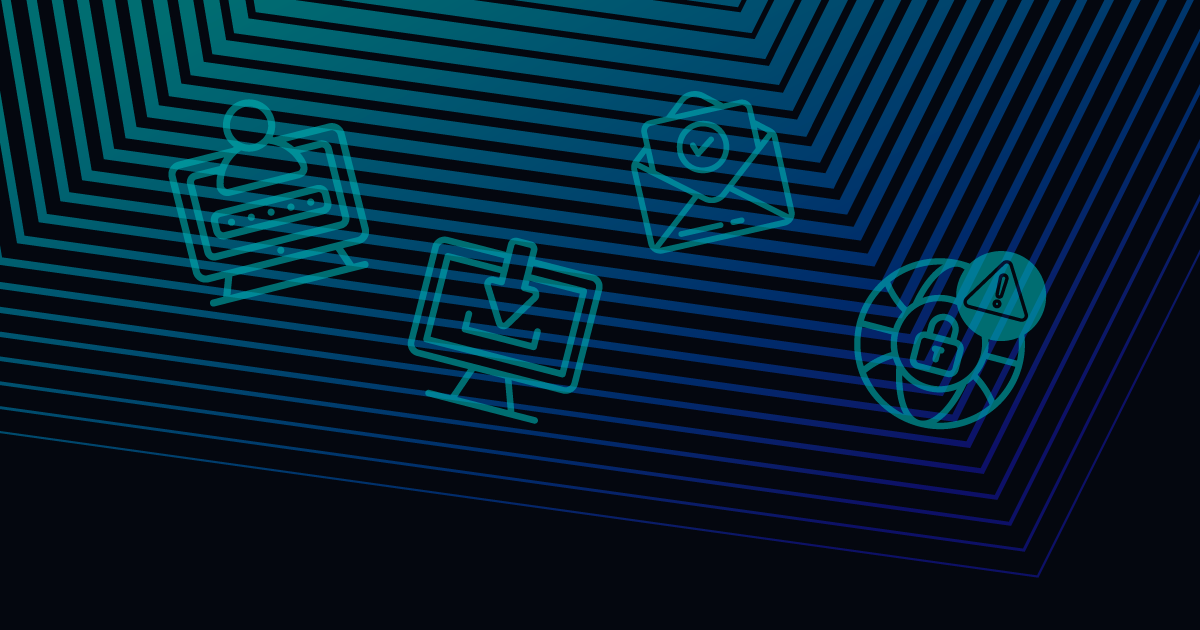
Why Your IT Automation Tool Needs to Work Both Doors... Or Get Out of the Way
Subscribe to receive the latest content and invites to your inbox.
You read that tagline correctly, and if you work in IT, you know that it’s true.
Even in a time when vendors insist that more tools automatically equate to a more unified digital environment, IT automation tools handle a sliver of what IT actually needs. They focus on either user-driven requests or machine-generated incidents... but not both. That lack of cross-functionality is unacceptable when business success hinges on speed, scale, and seamless experience.
An IT automation tool isn’t doing its job unless it can operate fluently across both the human and machine doors. So, without further ado, let’s talk about what those doors are, why they matter, and why Resolve's Zero Ticket approach to leveraging them helps IT finally escape the ticket trap.
What Are the Two Doors in IT?
Modern IT teams deal with two main entry points for work: the human door and the machine door.
The human door refers to requests that come from people. Employees submit tickets and ask for help via chatbots, email, Teams, Slack, self-service portals, or all of those things and more. These individuals usually chime in asking for password resets, app access, device provisioning, or just general support. These needs often generate service tickets that require triage, escalation, and manual follow-up. The longer it takes for human operators to respond to these tickets, the more operational costs and employee experience friction pile up.
On the other side of this paradigm is the machine door, where incidents and anomalies are triggered by infrastructure. Monitoring and observability platforms throw out alerts when something breaks, crosses a threshold, or behaves abnormally. However, these alerts often lack context, leading to alert storms, false positives, and repetitive diagnostics that end up falling to humans and eating however much of their bandwidth isn’t already occupied by the human door!
In this way, the human and machine doors risk overwhelming human operators with time-costly resolutions that could be achieved instantly were the right IT automation tools in place. This capability is a major component of our Zero Ticket IT approach, and why enterprises that fail to adopt it bleed time, talent, and momentum to those that do.
Why It Pays to Work the Doors
Each IT request or alert represents friction. That friction slows down users, distracts IT from strategic work, and chips away at core KPIs like resolution times, employee satisfaction, and uptime. If automation only covers the human door, you still face machine-generated noise. If it only handles the machine side, you’re left triaging employee tickets.
What do IT and football games have in common? The more doors you can work, the better the experience for everyone.
Working one door without the other is like having a boat with two leaks but only bothering to fix one. You need a Zero Ticket IT automation tool that understands user context, acts on machine signals, and connects workflows across systems.
The goal is intelligent, end-to-end action.
The obstacle is that legacy and even many new tools on the market aren’t built for that.
The outcome is a messy and fragmented IT experience that affects every stakeholder.
Enterprises that can solve at both the front and back door through AI, orchestration, and self healing will have a structural advantage in cost, agility, and experience. Those that can’t will stay stuck firefighting.
Why Most IT Automation Tools Slam the Doors on Teams
Despite big promises like defragmented ecosystems and genuine experience improvement, many IT automation tools fall into at least one of the following three traps:
First, chatbot-only platforms aim to deflect user tickets, but they offer limited resolution capability. They may occasionally recognize intent, but they don’t automate fulfillment. Anything remotely complex ends up back in the queue.
Oh, and to add insult to injury, these tools often ignore the machine door entirely!
Second, there are script-heavy frameworks that can technically automate anything... but only if you have the time, skills, and resources. The end result is a system that is powerful but inaccessible. A system that requires deep scripting knowledge, that is often siloed, and just flat-out isn’t equipped for dynamic, user-facing experiences.
Finally, there are point solutions that target narrow use cases. An observability-driven tool might trigger a workflow from an alert, or an AI assistant might handle one type of ticket, but none of these solutions orchestrate a unified experience across both human and machine input. In other words, these solutions might be pretty effective at sniping problems, but they’re operating in strict radio silence instead of in tandem.
The common theme with all these traps? When automation is fragmented, the work stays fragmented. And the burden that is already on IT becomes even heavier.
READ MORE: What Is Agentic Orchestration?
What an Actual Open Door Policy Looks Like
If IT teams want to make a difference, they can’t afford to slam either the human or the machine door. Your IT automation tool must unify several key capabilities if you want to keep both open.
First, it should begin with conversational intelligence: an assistant that understands what users are asking, interprets their intent, and resolves their requests without escalation or making users feel like they’re talking to a wall. This assistant must be context-aware and capable of taking meaningful action whether through a self-service portal or an app like Teams or Slack.
At the same time, the platform must integrate with monitoring systems and observability tools to receive alerts in real time. But your tool can’t stop there; It needs to enrich those alerts with diagnostic data, apply logic, and launch automated workflows to resolve issues before they impact services. This is the machine door in action!
A complete IT automation solution also orchestrates across all domains: service desks, infrastructure, cloud platforms, security systems, identity providers, and more. True enterprise automation means enmeshing all of your bots and functions into a single orchestration layer, not just adding more bots.
And finally, your automation tool should learn. It should identify opportunities for optimization, suggest new automations, and improve outcomes with every interaction. This is what separates actual agentic intelligences from chatbots. It’s also what separates fragmented IT from true Zero Ticket maturity.
Resolve: Working Both Doors by Design
Now that we’ve covered what door-operating capabilities to look out for in an IT automation tool, it’s time to drill down even further to discern what separates leading tools from the laggards.
Resolve was purpose-built to operate across both the human and machine doors. Our platform combines AI agents, orchestration, and automation into a single system that spans your entire IT ecosystem.
RITA, our Resolve IT Agent, is designed for the human door. It checks all of the boxes we’ve gone over, communicating with users through chat and portal interfaces while also intercepting requests and resolving them in real time. Whether it's resetting a password, provisioning access, installing software, or handling email and VPN issues, RITA automates the entire workflow. It reduces ticket volume by up to 50% within six months, drives down ITSM costs, and dramatically improves employee experience.
On the machine side, our workflow agent, Jarvis, powers automation from within. As an AI architect, Jarvis allows users to describe what they want to automate in plain language and then builds the automation from scratch. It consumes ticket data, event history, and alert streams to surface new automation opportunities. Finally, it connects monitoring tools with remediation workflows, enabling closed-loop incident resolution.
Together, RITA and Jarvis operate on Resolve’s orchestration engine. This engine comes with thousands of prebuilt automations, a builder that accepts plain language, AI-driven recommendation capabilities, and deep integrations with the most widely used IT systems. It supports hybrid deployments, meets enterprise security standards, and is designed to scale across complex environments.
In other words, Resolve is designed to help teams not ‘just’ keep both the human and machine doors open, but maximize their effectiveness.
READ MORE: AI in IT: Great! Now What the Hell Do You Do with It?
The End Result: Better Experiences for Everyone
When an IT automation tool works both doors, the benefits reach every stakeholder. For employees, that means getting help without waiting. For customers, that means a truly transformed experience with your organization that comes because of your employees having more bandwidth for high-level strategic work.
That freedom for strategic work stems directly from IT support teams spending less time triaging tickets and responding to noise. That leads to less burnout and better outcomes for everyone.
Finally, business leaders see the results where it matters: fewer disruptions, lower support costs, and a more agile, efficient IT organization.
Some IT automation tools reduce work, but the best tools unlock better work, faster delivery, and higher satisfaction across the board.
If you're done juggling disconnected dashboards and half-baked bots, it's time to harness the IT automation tool that actually works both doors.
→ Request a Demo
→ Read The Zero Ticket Future Manifesto






